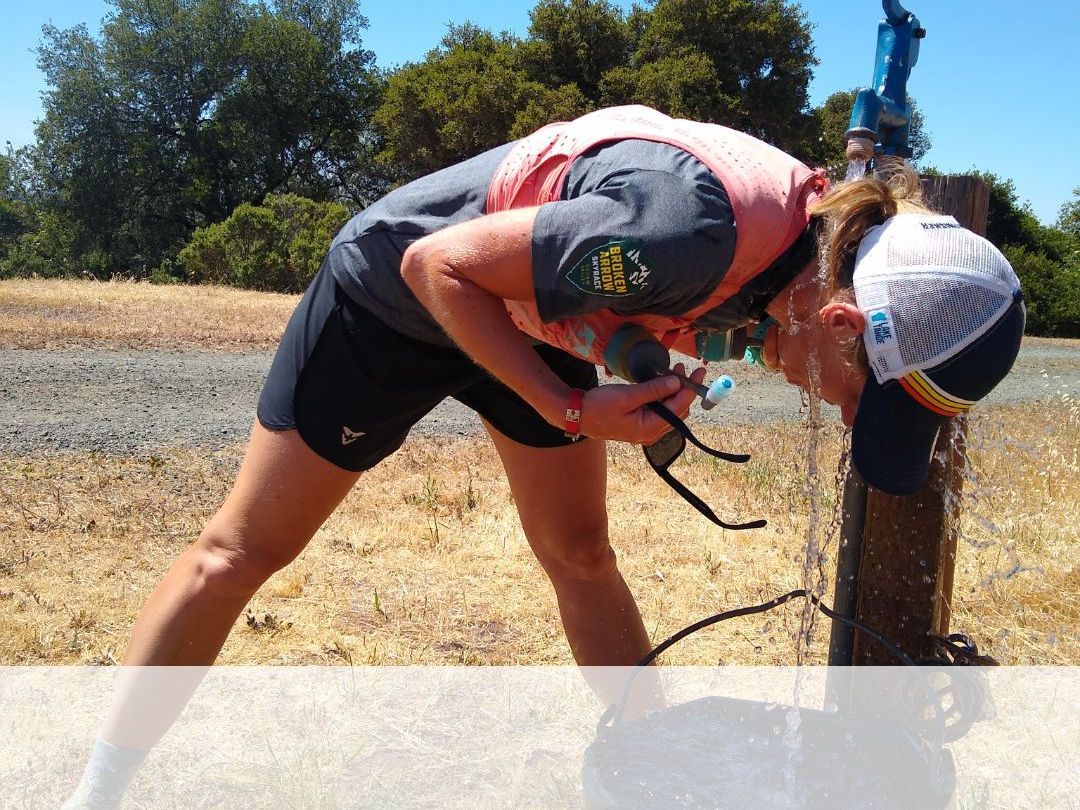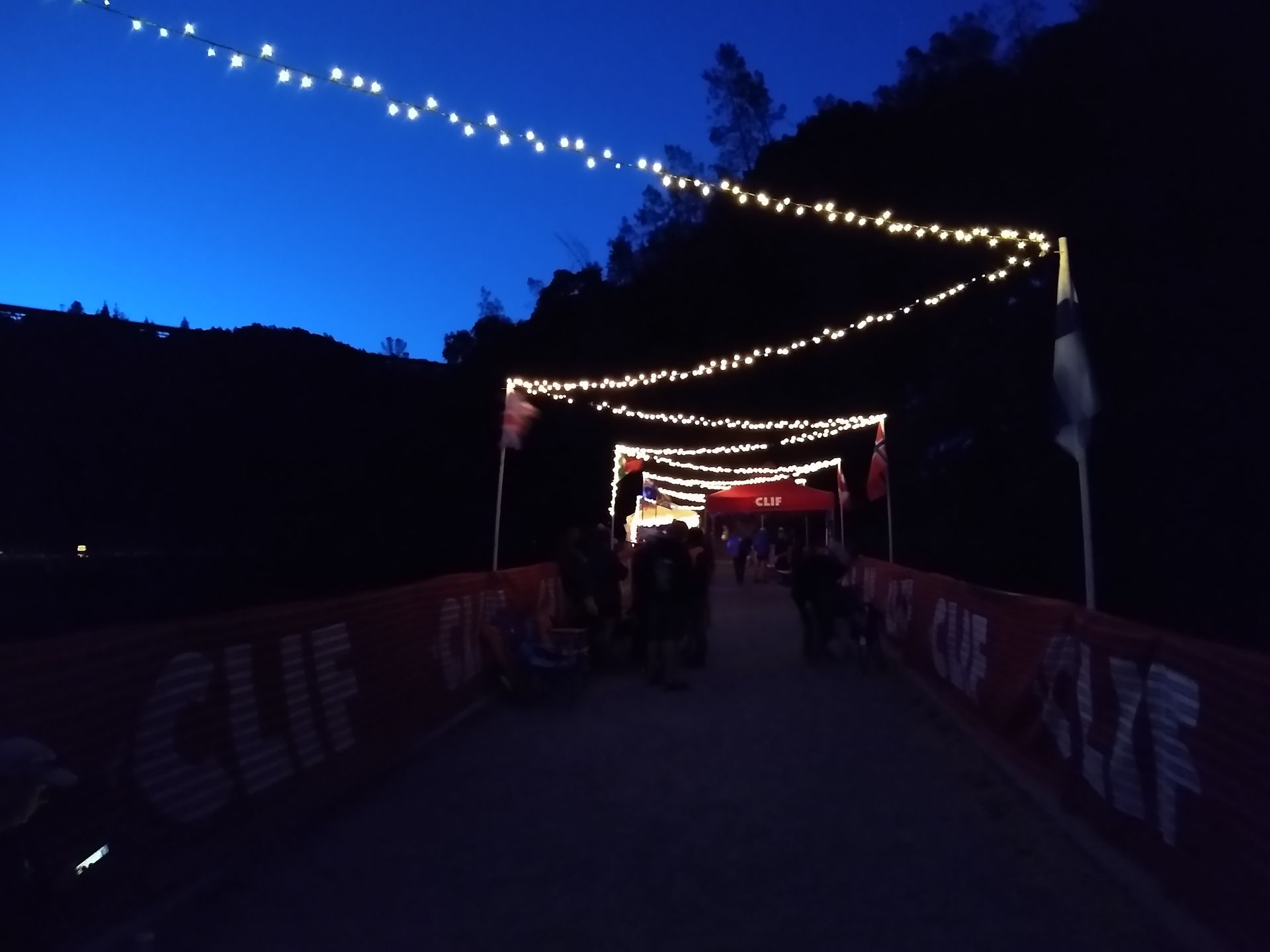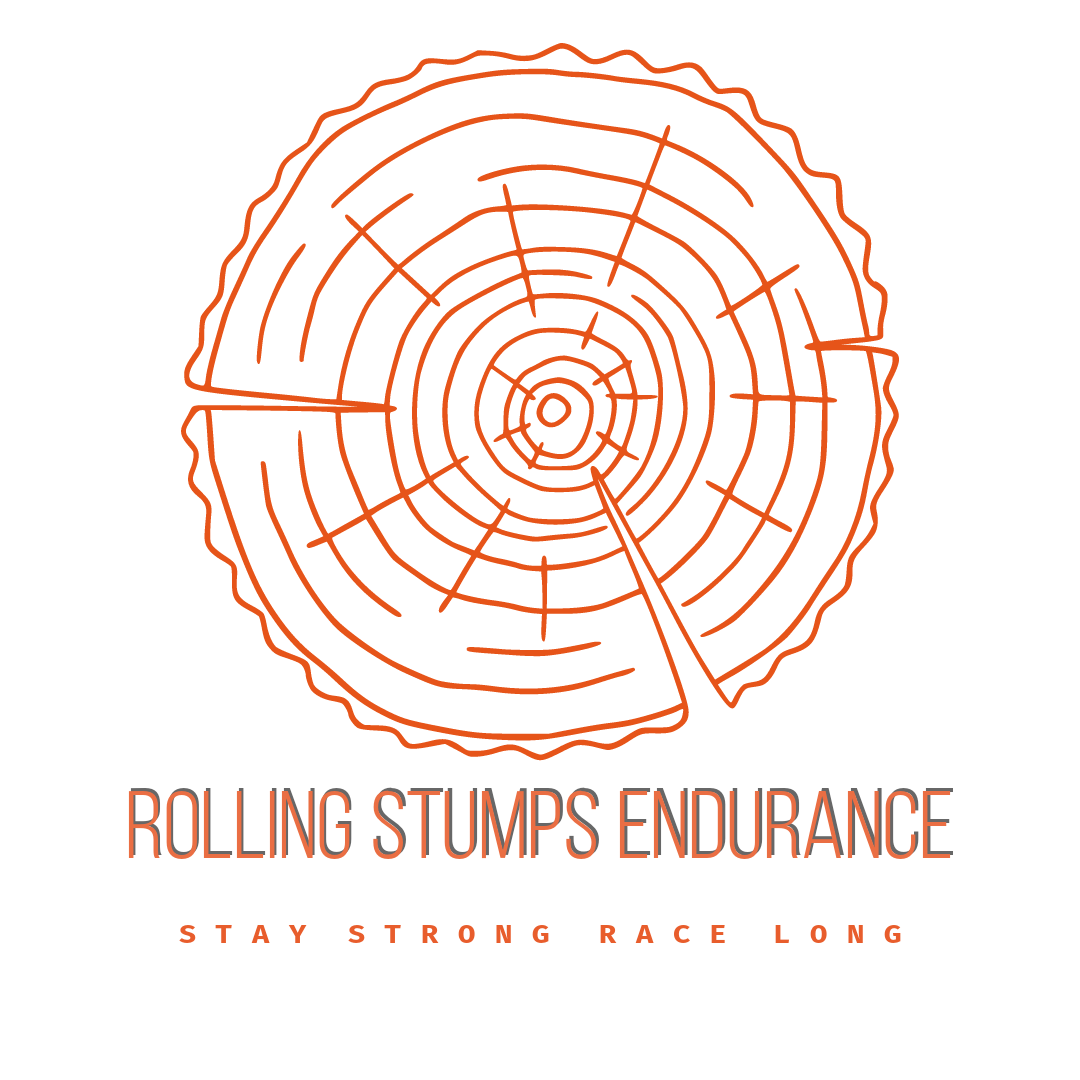Crewing vs. pacing
There is some difference between crewing, being crewed, being paced and pacing
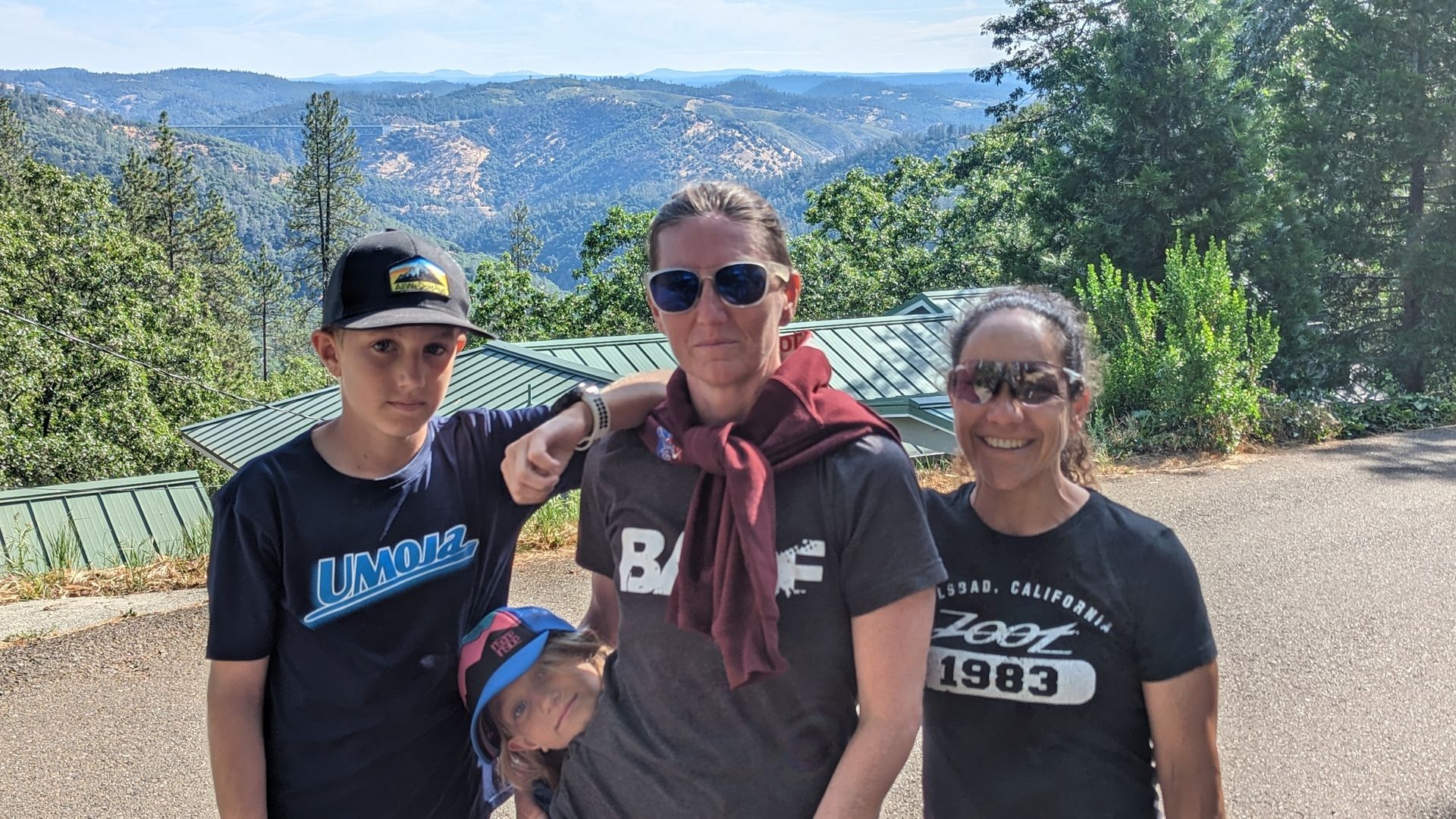
Crewing
I have been crewed many times, and I have crewed countless times. We as a family like to go out and help at the aid stations. It is great giving back to the community after you’ve taken so much during your own races.
Crewing takes a toll on you almost as much as racing, but not physical of course. While we were waiting for different races for Viktor, it beat us up mentally to wait for the next update, if he’s ok and everything is good. Many times the crew needs to stay up through the night, while waiting for the athlete at the aid stations. What is important during that time is that we as a crew take care of ourselves. We need to make sure to ingest enough calories, to drink enough water throughout the day and eventually if needed to take a nap to sustain the day.
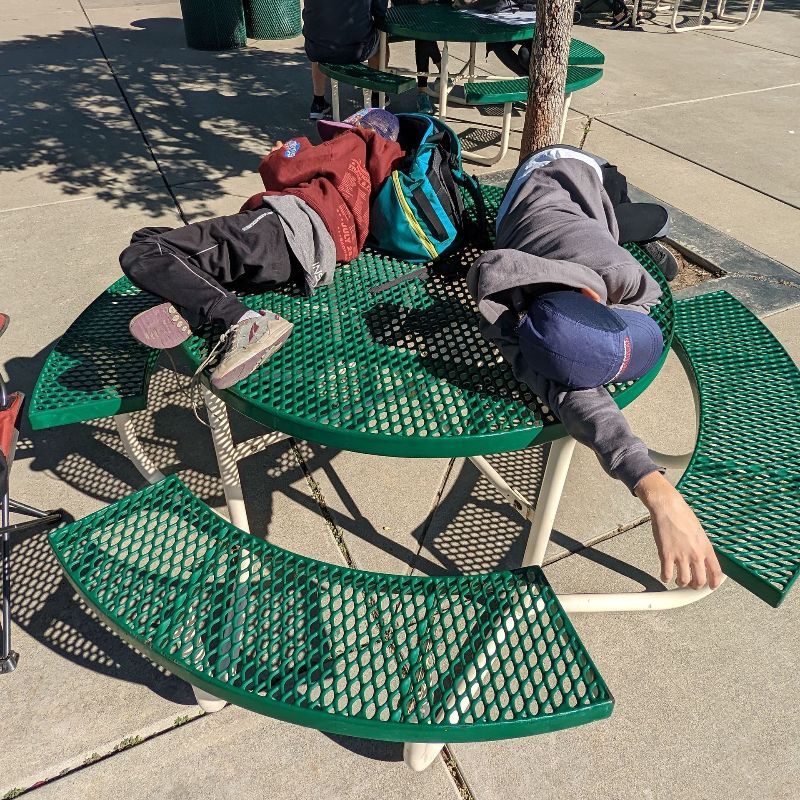
So I have been multiple times on both sides of the wall here. And can tell that volunteering at an aid station might be easier than crewing as you are on one spot only focusing on your duties. While crewing it takes a toll to move around the course to catch your runner (especially if it is a 100 mile race).
On the other hand I have never been paced during a race. Up until last year at the Cool Moon 100k. I knew my family would be there at the race as they always are. But this required a logistical overhaul, as the kids can’t stay alone in the house during the race for Viktor to pace me. So I reached out to Brenna, a long time triathlon friend. It took some courage to ask for help, as I try to always rely on my family and especially on myself. But this was different, I felt I needed that extra support. Lucky for me Brenna agreed and we were able to squeeze in a training weekend on the course two months shy before the race. Knowing what we can expect, we were more or less ready for the race day.
Before the race we sat down and created a document with aid station timings, pace charts which I exceeded at first, but on avg I met the expectations that we set up for myself. To my surprise my crew was there more times than we agreed. Luckily the course consists of multiple loops intersecting in one central place. And the next surprise came when Sam decided to pace me for the penultimate lap. And so we got to the main point (pacing and being paced).
Being paced
As I picked up Sam, I was already pretty much tired. It was his first time and Viktor instructed him to take care first and foremost of the runner. At the first aid station I asked him to take care of himself first. I overstepped a little as I didn’t want him to eat to many gels from the AS and rather take some pizza and real food. But I learned here: Don’t be bossy on your pacers, their intentions are good. And sometimes you can throw them off guard.
In one of the sections between aid stations he mentioned “We have 16s to …..” . I immediately panicked as I knew I was on pace, but within a short while we knew what he meant. Lesson nr. 2: Don’t mention any time constraint as you can get the runner unintentionally into more stress.
Then I picked Brenna and everything went on smoothly all the way to the finish, although I wasn’t able to run as much as I would like to.
For my first experience with pacers I would like to highlight the fact that both my pacers were super concentrated, making sure that we are following the course (making sure to miss any marking) and looking for nonverbal cues on how and when I’m safe to be talked to… :)
Pacing
This year our Tri club seems to be going for some upgrade in terms of the trail running experience and plenty of members signed up for Quicksilver 100k (local WS100 qualifier). While it is a hard race it gives you the advantage of being a “home” race. Tatiana reached out to me if I would be open to pace her for the first section (about 13 miles). I immediately panicked as I’m way slower than her and wasn’t sure if I can offer her any positive experience. To be honest Viktor assured me that I should be fine and I can get her to the next pacer without any issues (worst case I can get dropped).
I’ve run multiple sections of the course in previous years and we’ve crewed Quicksilver 100k for Viktor in the past too. So I started thinking about what I need to know before I jump on this ship. It’s a completely new experience and responsibility.
I agreed, but this doesn’t come on its own. I started to look at the Aid station chart and the individual cut-off times. I need to commit to get to a training run with my runner and maybe to sit down with both of them (Tatiana - runner, Brenna - other pacer) to go over some strategy.
Some key things that we will need to focus on as pacers:
- Being on course (don’t miss course marking)
- Being on time (stay ahead of the pacing strategy)
- Making sure that the runner stays cool during the day
- Have headlamps ready (just in case)
- Making sure that our runner is eating and drinking properly
- Crew needs to be ready - relay any special needs
- Make sure that we take care of ourselves during the run ( same as point #5 but focused on us)
I’ll probably be adding to the article new information after the race as right now everything is so theoretical. We will see if it is as fun as being paced.
PS : staying organized is probably as important as the points above, therefore we're taking our Victory Sportdesign bag with us.
Blogging with the stumps
